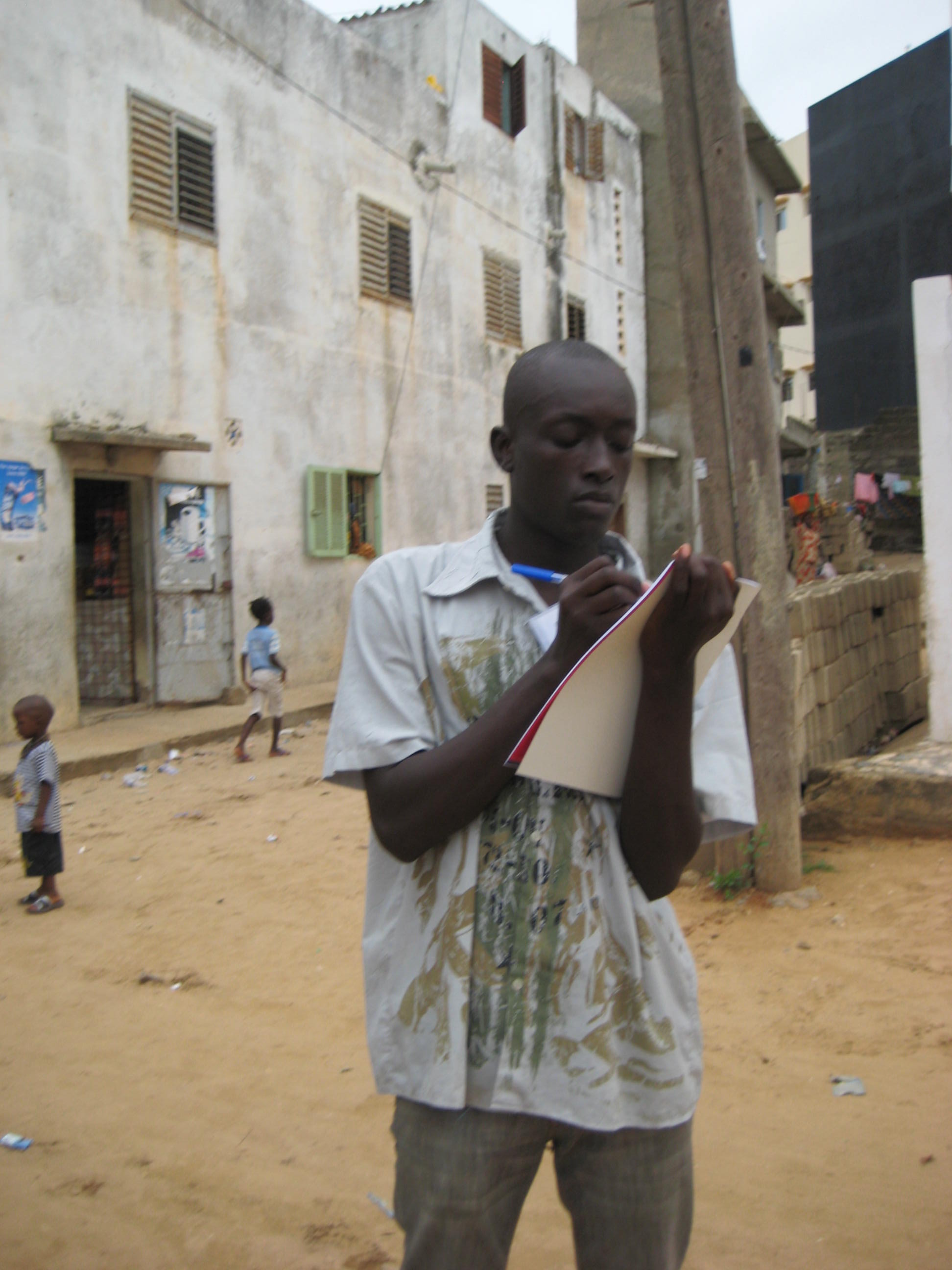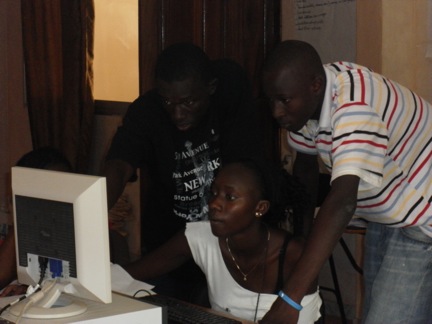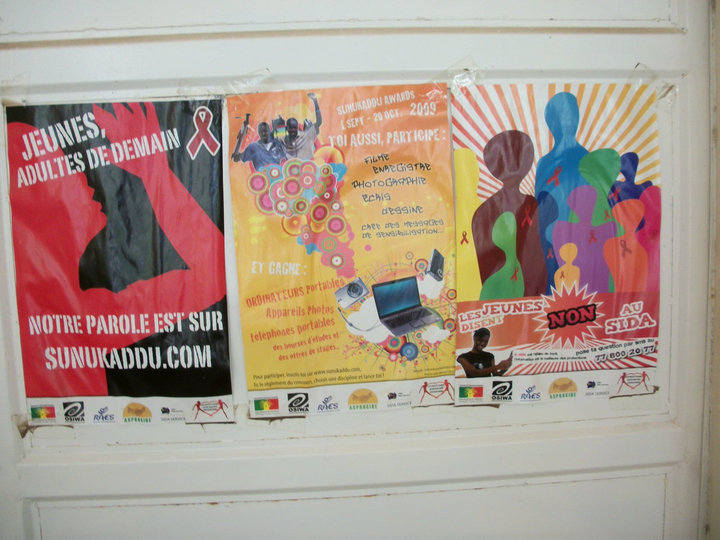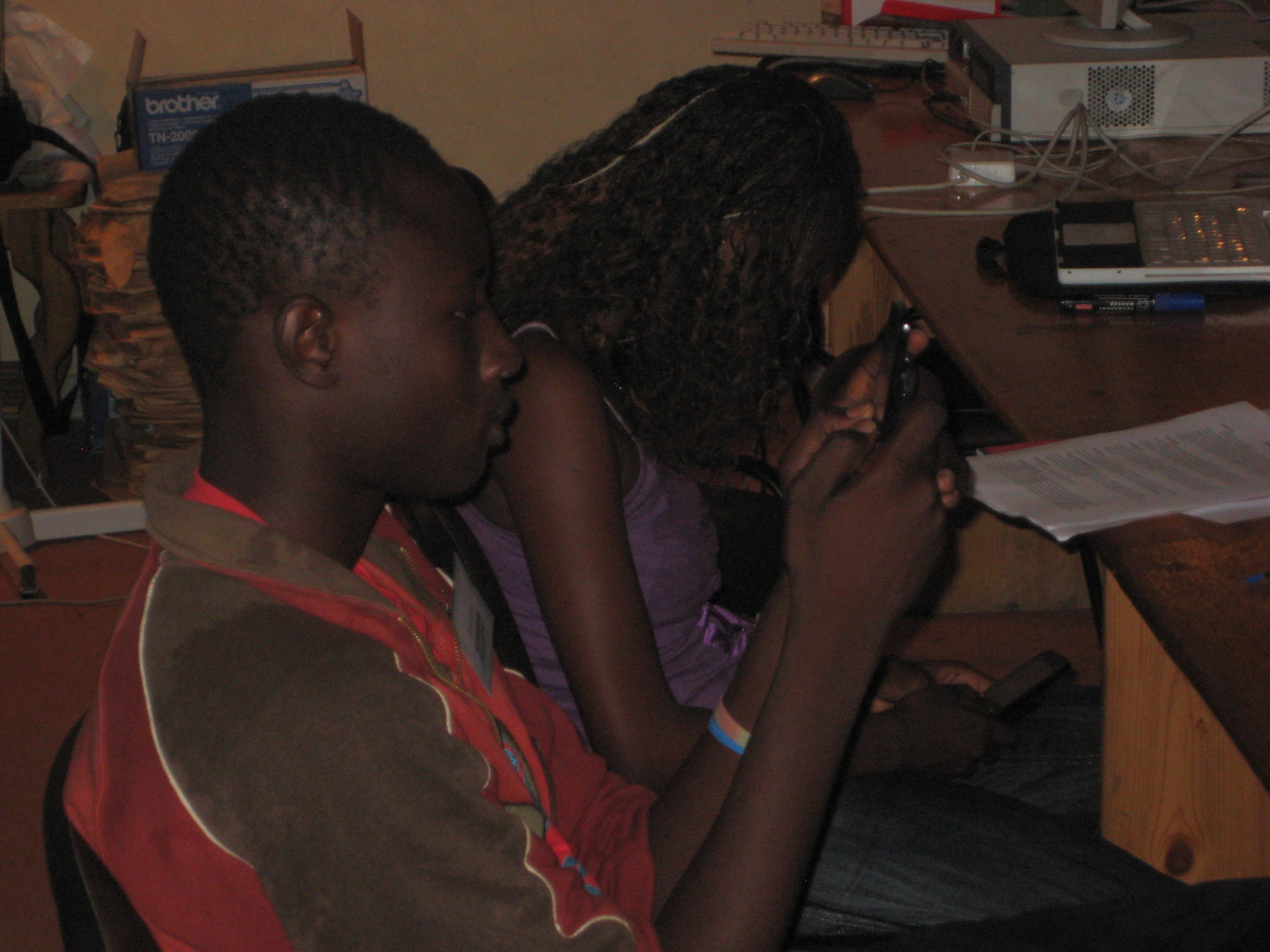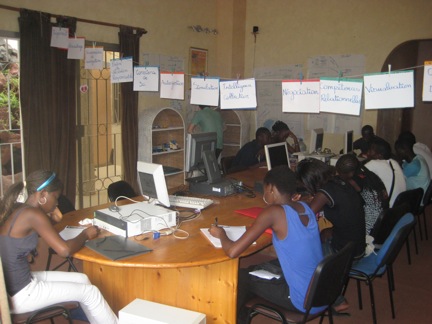Sites of Convergence: An Interview for Brazillian Academics (Part Two)
/Participation in a culture of convergence requires the development of certain cognitive capacities. Multitasking, for example, is a skill that young people, the digital "natives," seem more comfortable with than those of older generations, who lived in less complex media environments and were expected to think linearly. In the current media environment, what do we lose and what do we gain in terms of cognitive skills? And can new ways of learning co-exist with old forms of knowledge?
I am often reminded of Plato, who reacted with horror at the thought that writing would displace oral language at the center of Ancient Greek culture; he feared that we would lose the capacity to remember the core values and traditions of our society as we became overly reliant on the technology of writing. He was right in some ways. We do not command the kind of oral-based memory that dominates in pre-literate societies, but it is hard to argue that we would have been better off as a society in the absence of writing - or later, of print.
Every new technology opens up rich possibilities for human communication and expands in significant ways our cognitive capacities. Yet, at the same time, there is always a loss of some skills, which have been valuable to us in the past. We are in such a moment of transition. It's hard to see with any certainty all of the trade-offs we are going to be asked to make, but it is also clear that what is coming will dramatically expand our capacity to create, to learn, and to organize.
The question is how to balance the new skills with the old, how to embrace the capacity of the young to process multiple channels of information with the values of contemplation and meditation, which were the virtues of older forms of learning. We need students who can learn from computers and from books, rather than forcing a false choice between the two. We need young people who can embrace and deploy a range of different cognitive strategies to confront a range of different sources of information and to express themselves across a range of different discursive contexts.
For me, this is never about displacing traditional literacy with new media literacies, but rather expanding the ways young people learn to encompass what is most valuable about the new and retain what was most effective about the old.
How can humanist traditions of critical thinking survive the overflow of information that comes with new media?
To be honest, I don't know. But we will need critical thinking now more than ever if individually and collectively we will navigate through a much more complex information-scape and be able to make quick, effective decisions about the reliability and value of the sea of documents and videos that pass over our eyeballs in the course of our day. One way forward is to embrace what Pierre Levy calls collective intelligence. Levy argues that, in a networked society, nobody knows everything - get rid of the idea of the Renaissance man and rid education of the concept that every student should learn the same things. Everybody knows something - foster a culture of diverse expertise and multiple ways of knowing. And what any given member knows is available to the group as needed - enhance mechanisms for allowing us to compare notes, to deliberate together, and learn from each other. Individually, we are no match against the tsunami of data that crests over us every day of our lives, but collectively, we have the mental capacity to tackle complex problems that would be far beyond our personal competencies.
For us to achieve that potential we have to embrace collaborative learning at every stage of our educational process and we have to allow individuals to develop their own distinctive expertise rather than push our schools towards greater standardization.
From this perspective, the use of new media can in fact help build communities. The opposite, however, also seems to be true. Some media scholars have insisted, for example, that YouTube undermines this promise of community building and collective action precisely because of the huge amount and wide range of information published by its users. Making information publicly available is not the same thing as organizing community or mobilizing action. How would you respond to those who argue that fragmentation and dispersal, rather than purposeful collective action, are the likely outcomes of information overflow? Does access really translate into agency?
I would argue that YouTube represents the opposite of fragmentation. It is a site where media producers of diverse backgrounds and goals pool their resources and share with each other what they have produced. We are more aware of the diversity of our culture when we look at YouTube in large part because it has brought us into contact with forms of cultural production that were once hidden from our view, drowned out by the amplified voice of mass media, and isolated from us by all the various structures of exclusion that shape our everyday cultural experience. This is the heart of what Yochai Benkler argues in The Wealth of Networks - that many of these new sites represent a meeting ground for diversely motivated groups and individuals.
There is, at least potentially, much greater flow of information across groups at the grassroots level now than ever before. Groups that were once invisible are now gaining greater public impact through bringing their cultural productions into these new common spaces. These materials move much more fluidly through the population because they do not have to rely on traditional gatekeepers.
I don't want to overstate this point. Much recent research on social networks suggests that they reflect other kinds of segregation in our culture: people tend to gather online with people they know in their everyday lives rather than exploit the full capacity of a networked culture; they tend to seek out people like themselves rather than use the technology to build "bridging" relationships. And this tends to blunt the potential of a participatory culture to diversify our experiences and knowledge.
I would agree that access does not necessarily translate into agency: it certainly doesn't in the absence of knowledge and skills to deploy the affordances of these new social networks effectively; it doesn't in the absence of a mindset that places a real value on diversity or respects the dignity of all participants; it doesn't in the absence of new forms of social organization that help us to leverage the potentials of digital media to confront the challenges and problems of the 21st century.
The concepts of authorship and intellectual property are key to current debates on new media. On the one hand, digital culture encourages appropriation and popular uses of mass cultural texts, offering increased public exposure to fan creativity. On the other, the surge in what you call "grassroots creativity" has met with growing efforts on the part of the media industry to control the use and circulation of information. Is the notion of intellectual property on the wrong side of history? And what role - if any - can it play in the world of media convergence?
Intellectual property is the battleground that will determine how participatory our culture becomes. In some ways, the mass media industries are opening up greater space for participation, are accepting more appropriation than I ever anticipated. But they are not likely to give up the fight to own the core stories, images, and sounds of our culture without some pretty serious pushback from the public.
If we look at the history of culture, we can see some broad movements, which argue against the long-term viability of our current models of intellectual property. First, there was a folk culture, which supported broad participation, which drew few lines between amateur and professional creators, which stressed the social rather than the economic value of our creative acts, and which relied on peer-to-peer teaching of skills and practices. Second, there was a mass media culture, where the production of culture was privatized and professionalized, where most of us consumed and a few produced, and where none of us could lay claim to the cultural traditions that had sustained us or to the stories that had captured our imagination.
Now, the rise of participatory culture represents the reassertion of the practices and logics of folk culture in the face of a hundred years of mass culture. We now have greater capacity to create again and we are forming communities around the practices of cultural production and circulation. We now have the ability to share what we create with a much larger public than was possible under folk culture, and yet our templates for what culture looks like are still largely formed around the contents and practices of mass culture. This is why fan culture thrives in this new environment. Participatory culture cannot grow without the capacity to archive, appropriate, and recirculate media content; it cannot sustain itself long term without an expanded notion of fair use and a reduction on the capacity of corporate media to exert a monopoly control over our culture.
Everyone sees that the future will be more participatory, but we are fighting over the terms of our participation. New business models seek to liberalize the terms, opening up more space to consumer control, much as autocratic regimes are often forced over time to allow some kinds of democratic practices and institutions as they struggle to stay in power. But my bet is that the public demand is going to be greater than their capacity to let go of their control over the mechanisms of cultural production and circulation. They are not going to be capable of moving far enough fast enough. More and more of us will become "pirates" as we seek to pursue our own interests in a media environment that supports greater participation and a legal environment that seeks to channel that participation in ways that serve the interest of major media conglomerates.
Vinicius Navarro is assistant professor of film studies at the Georgia Institute of Technology. He is the co-author (with Louise Spence) of Crafting Truth: Documentary Form and Meaning (Rutgers University Press, 2011). He is currently working on a book on performance, documentary, and new media.



